News Analysis
U.S. interests in Pakistan include maintaining stability in South Asia, preventing war between India and Pakistan, containing international terrorism launched from Afghanistan, and countering the Chinese regime’s expanding influence and alliance building.
Once the primary U.S. ally in the region, as Pakistan sinks deeper into China’s orbit, U.S.–Pakistan relations have become more and more ambiguous. Pakistan is also slipping deeper into debt, threatening regional stability.
Chinese leader Xi Jinping first announced the China–Pakistan Economic Corridor (CPEC) during a 2015 visit to Islamabad. He spoke of a long-term vision for Pakistan’s development, pledging between $40 billion and $60 billion of investments into the country.
According to the International Monetary Fund (IMF), in 2013, before CPEC started, Pakistan owed $4.1 billion to China, roughly 9 percent of the country’s foreign debt. By 2021, its foreign debt stood at $90.12 billion, with $24.7 billion owed to China.
The Chinese Communist Party (CCP) has seized on CPEC as a soft power opportunity, portraying itself as the savior of Pakistan and lending a helping hand when all of the other countries have turned their backs. Through CPEC, the CCP offers loans and infrastructure investments to Pakistan, claiming to be the country’s “all-weather friend.” However, the reality is that the U.S. Agency for International Development (USAID) and other international donors built much of Pakistan’s existing infrastructure.
One of the main reasons the CCP is interested in investing in Pakistan is because the country’s ports represent the shortest straight-line distance that connects China and Afghanistan with the sea. Afghanistan’s connectivity is important to Beijing, as China may be able to purchase minerals and energy from the Taliban. However, because of inefficiencies of logistics and bureaucracy, it takes an average of 45.6 hours for freight to clear a Pakistani border crossing.
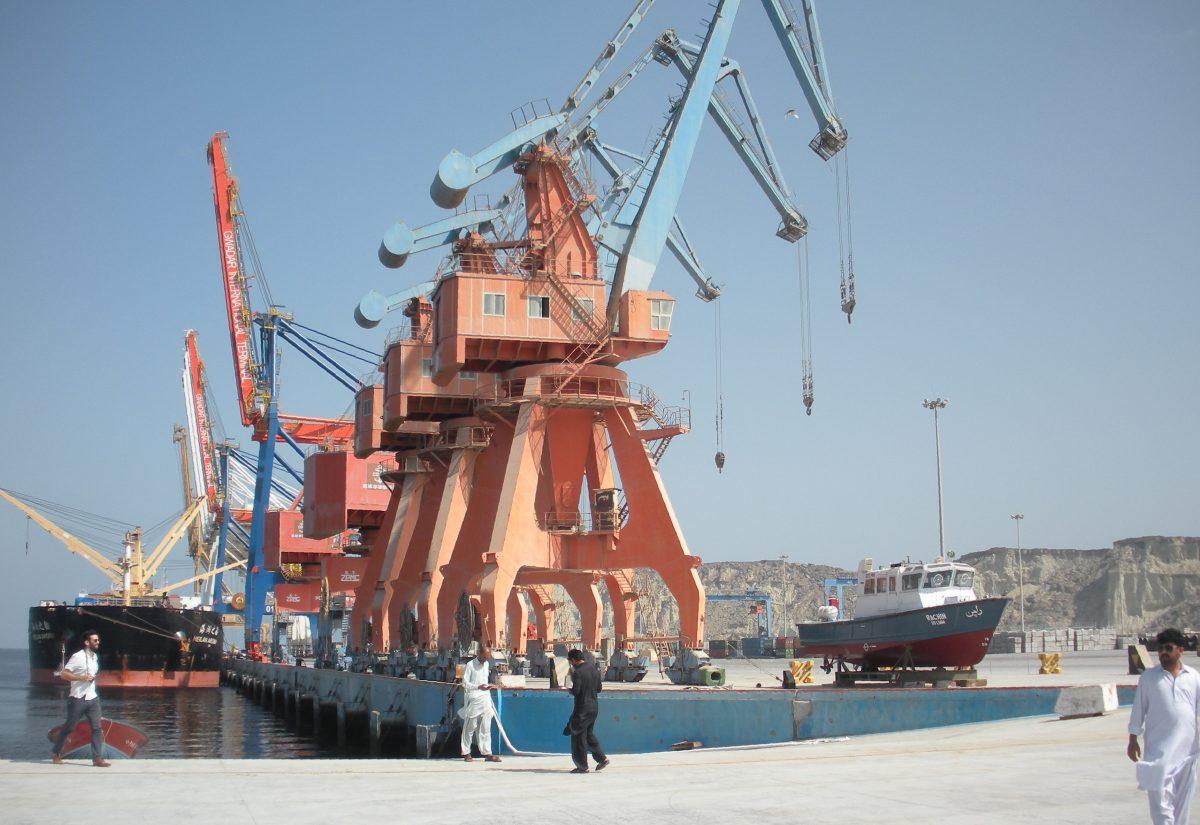
Through its $681.5 million Pakistan Regional Economic Integration Activity (PREIA) program, the United States has been assisting Pakistan in increasing its international trade capabilities by working to help the country improve its logistics, resolve its customs inefficiencies, and improve its regional transit routes.
The U.S. government has announced that it will be increasing its annual direct investment in Pakistan from $2.8 billion in 2019 to $7.4 billion by 2022. Apart from U.S. aid and investment, many of Pakistan’s major roads—connecting Afghanistan with Karachi, Pakistan—have been built or funded by South Korean company Daewoo, as well as the ADB, the UK’s Department for International Development (DFID), and Pakistani private banks. So it’s a misnomer for China to call itself the only friend that’s willing to help Pakistan.
Originally, CPEC was called the “crown jewel” of the Belt and Road Initiative (BRI). Now, although it has been downgraded to the “pilot project” of the BRI, CPEC is still one of the most important strategic initiatives in the CCP’s plan for global expansion.
Just like CPEC’s demotion, the CCP’s “Iron Brotherhood” with Pakistan appears to be less intense than it used to be. Chinese direct investment in Pakistan peaked in 2015 at $25 billion, declining steadily since then. It has been at less than $5 billion for the past three years. Despite Beijing’s reduced investment, it’s still willing to sell Pakistan weapons. Pakistan is China’s biggest arms buyer, even purchasing nuclear weapons.
By the 1980s, nearly 75 percent of Pakistan’s army tanks and 65 percent of its military aircraft were purchased from China. China also played an integral role in Pakistan’s nuclear and missile programs. Between 2016 and 2020, 38 percent of China’s total weapons exports went to Pakistan, and Chinese weapons accounted for 73 percent of Pakistan’s arms imports.
U.S. objections over CPEC include the long-term effects of increased debt on Pakistan’s economy, the lack of transparency in the selection of investment projects, and the small number of new jobs created for Pakistanis. CPEC has so little transparency—even the Pakistani people don’t know the exact terms of the loan agreements that their government has signed with Beijing.
Before the Tehreek-e-Insaf (PTI) party won the election and assumed power in 2018, Pakistani Prime Minister Imran Khan was a staunch opponent of CPEC, demanding greater transparency. After taking office, however, he saw the need for Chinese investment as Pakistan faced an economic crisis. He immediately changed his tune, intensifying Pakistan’s engagement with China.
Not everyone in Pakistan has been so pacified regarding the arrangement. In November, massive protests against CPEC broke out in the area around the Gwadar Port. Residents were angry over the CCP’s ongoing involvement in Balochistan province, Pakistan, as well as the fact that the benefits of CPEC weren’t being felt by common people.
When Washington called Beijing’s involvement in Pakistan a debt trap, the CCP lashed out, saying that the United States was “smearing” China. The reaction of Pakistan’s government was similar, issuing an official statement saying that the U.S. claims were fictitious. Ministry of Foreign Affairs Spokesperson Aisha Farooqui said CPEC projects had already offered “enormous economic benefits for the Pakistani people.” All three Pakistani governments that have taken office since 2015 have embraced CPEC and secured ties with Beijing.
From the start of the U.S. war in Afghanistan until 2018, the United States was the single largest donor to Pakistan, enlisting its help in containing the Taliban, who had launched terrorist attacks throughout the region. Between 2002 and 2011, the United States provided Pakistan with $18 billion in military and economic aid.
Unlike the CCP’s loans, U.S. aid largely came in the form of grants. Rather than mega-infrastructure projects that would benefit the CCP, the U.S. aid was focused on capacity building, education, and job creation. Additionally, U.S. aid was meant to stabilize the region, whereas the CCP’s money has crippled Pakistan with debt, while strengthening the army’s political control.
Views expressed in this article are opinions of the author and do not necessarily reflect the views of The Epoch Times.
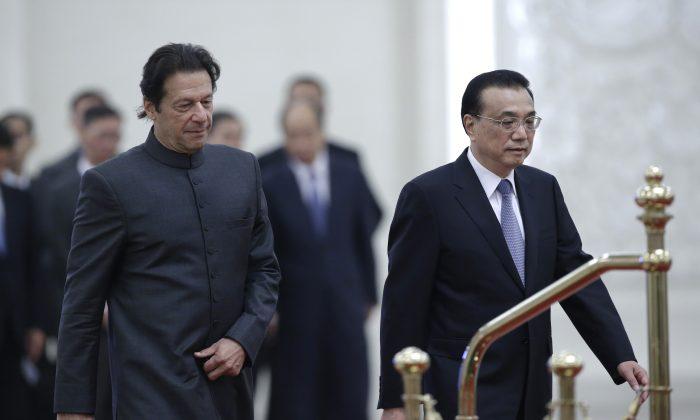

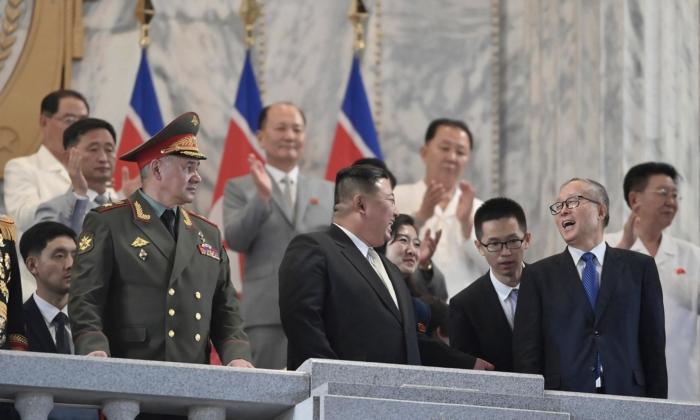

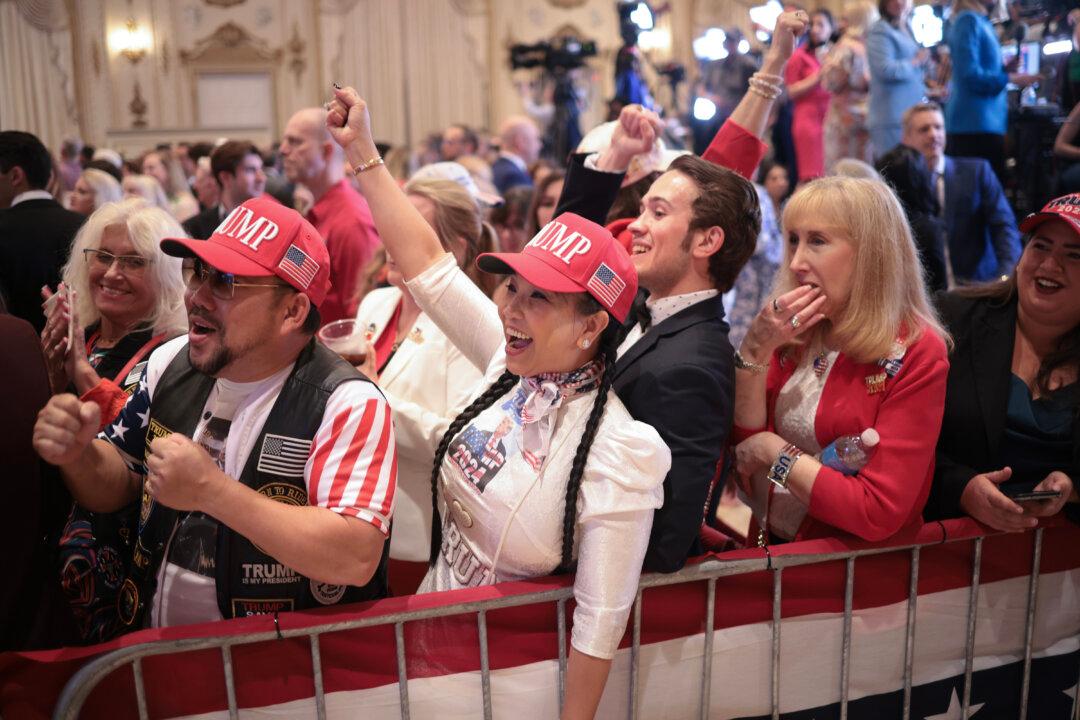
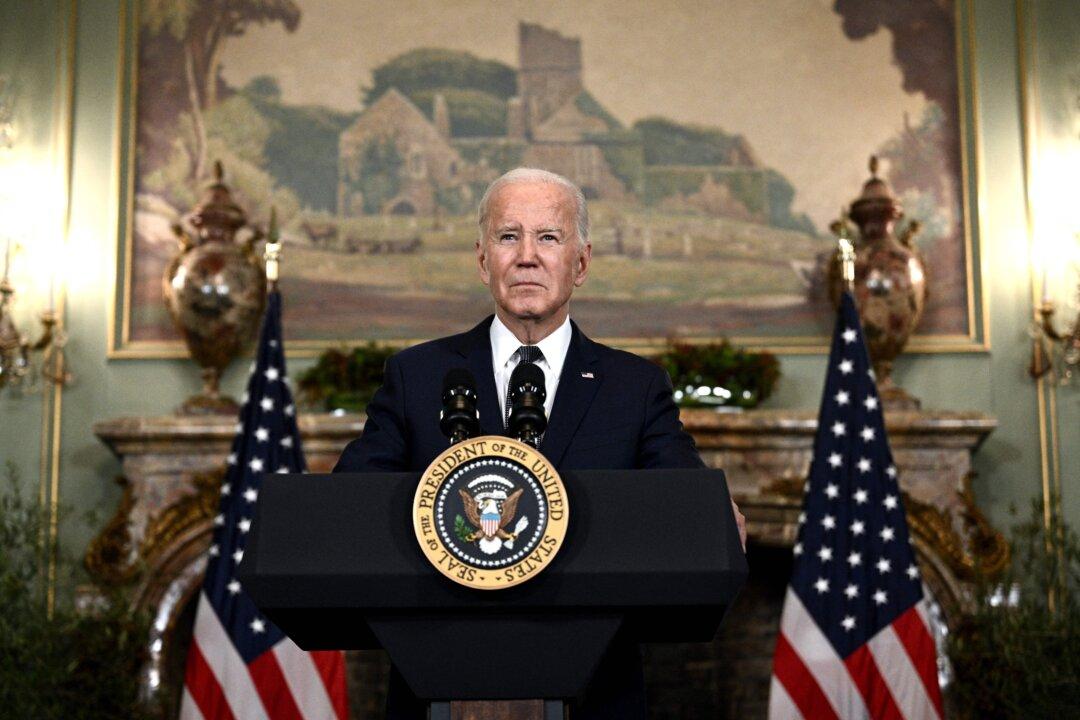
Friends Read Free